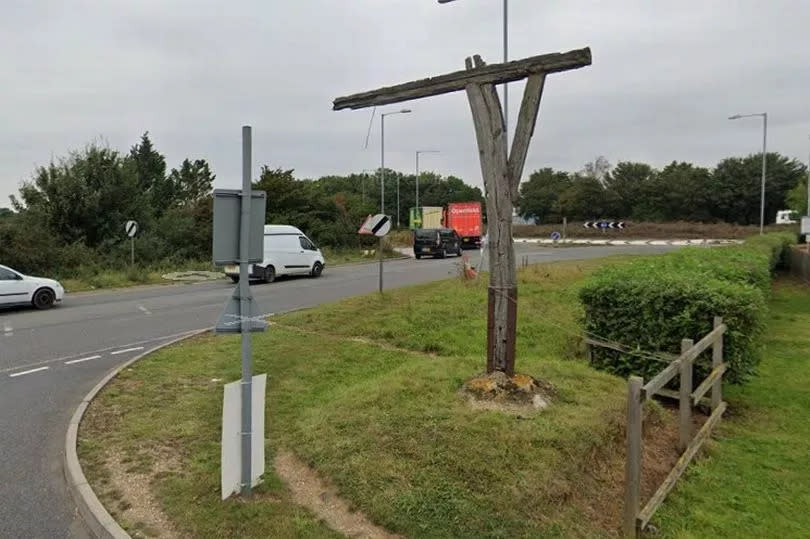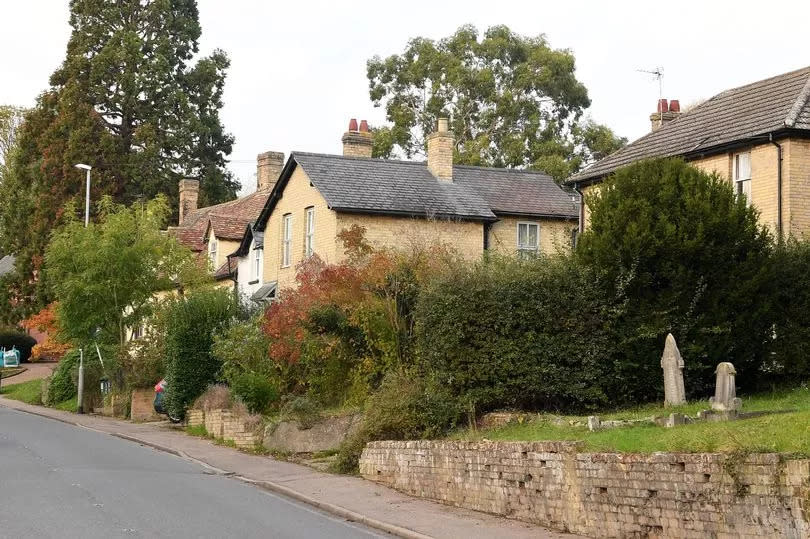The village with a reconstructed gallows where highway robbers used to be hanged

Set in the Cambridgeshire countryside is a village with a dark history. Caxton, near Cambourne is filled with beautiful houses with a lot of historic charm from Georgian properties to thatched cottages. There is also a pretty Medieval church that dates to at least the 14th century.
Caxton's history dates all the way back to the Ancient Roman period, and the village is today dissected by what was once the famous Ermine Street Roman Road, which is now the A1198.
This ancient road was the main reason this small rural village became so prosperous during the middle ages and beyond. Bringing in travellers and trade to its market and inns, Caxton became wealthy and filled with people from all walks of life.
Read more: The country house with lost medieval villages and a former military hospital in its grounds
Read more: Beautiful nature reserve on an estuary a short trip from Cambs that almost became a prison

But this prosperity also increased crime. Because of its passing trade on the Roman road, Caxton often suffered from highway robbers. This history can even still be seen today.
Caxton Gibbet is a small hill on Ermine Street just north of the village, near its crossing with the A428 between St Neots and Cambridge. Here, a reconstructed gallows/gibbet stands at the crossroads where loads of gruesome executions are believed to have taken place.
According to Capturing Cambridge, "Caxton’s gibbet was rebuilt in 1934 using timbers from an old house in Baldock, only to be cut down in April 1939. Soon after a replacement was erected".
Read more: The lost Cambridgeshire railway station that served passengers for more than a century
Gibbeting alive was the traditional penalty of highway robbery and other crimes like murder where they would be held hanging in a cage for people to pass and see until they died. Usually, their corpse would remain there until eventually taken down.
The fact it was at a crossroads where many passed everyday was important to the punishment. There are local folk tales of murderers being hanged and displayed here in the 17th and 18th centuries.
One of these is the story of a man from Yorkshire who had committed a robbery and murder at Monkfield, a farm one mile outside of Caxton. He managed to escape and lived abroad for seven years, but when he returned to his local village, the man was arrested and confessed to the crime.
He was sentenced to be "hanged alive by chains at the crossroads". It is believed, his corpse was left to hang there for many years.
Do you want more of the latest Cambridgeshire news as it comes in? Sign up to our dedicated newsletter to make sure you never miss a big story from Cambridge or anywhere else in the county. You can also sign up to our dedicated Peterborough, Traffic and Crime newsletters for the latest updates on the topics you are most interested in.

 Yahoo News
Yahoo News 
